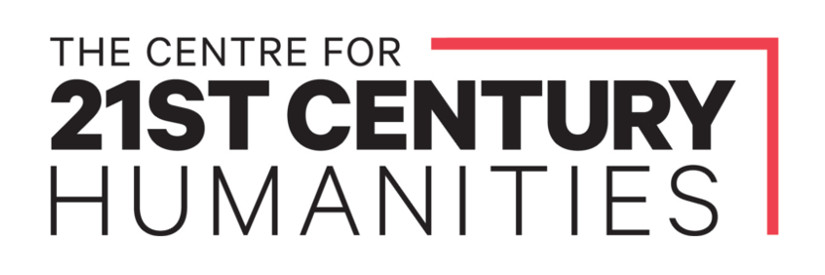| Site Name | Ghinghindah, Upper Dawson |
| Aboriginal or Torres Strait Islander Place Name | |
| Language Group, Nation or People | Yiman |
| Present State/Territory | QLD |
| Colony/State/Territory at the time | NSW |
| Police District | Port Curtis |
| Latitude | -25.047 |
| Longitude | 149.727 |
| Date | 12 Nov 1859 |
| Attack Time | Day |
| Victims | Aboriginal or Torres Strait Islander People |
| Victim Descriptions | |
| Victims Killed | 6 |
| Victims Killed Notes | |
| Attackers | Colonists |
| Attacker Descriptions | Native Police |
| Attackers Killed | 0 |
| Attackers Killed Notes | |
| Transport | Horse |
| Motive | Reprisal |
| Weapons Used | Firearm(s) |
| Narrative | Following the Hornet Bank massacre, in June, 1858, under the heading 'Border War. Continuation of the Dawson Murders', the Moreton Bay Courier published a request from a squatter, Mr Sericold, for 'the Government, to take further steps for the suppression of the murders which are being continually perpetrated on our helpless shepherds on the Dawson River.' Sericold described a 'labyrinth' of cliffs and gorges in a large horseshoe shape around the upper Dawson, used by Aboriginal people to elude colonists. He added that 'from a communication I have just had with some of the Cockatoo tribe, I find that there has been a great "yabba," which has resulted in all the gins, picaninnies, and old men being sent into the Burnett, and the fighting men deciding on war' (MBC, 9 June 1858, p2).
A Select Committee of the Legislative Assembly recommended deployment of additional mounted police, Native Police and a militia of settlers to the area, and that the troopers be 'under military law' (The Darling Down Gazette and General Advertiser, 26 Aug 1858, p 4). After a colonist was killed, on the 12th November, 1859 Second Lieutenant Carr with Native Mounted Police went 15 miles from Glenmore station (near Rockhampton) to the scene of the killing, and then another 15 miles in the direction of 'Coonoomoo' (possibly Commooboolaroo, south west of Dauringa) where they encountered a camp in scrub near the river bed. Second Lieutenant Carr wrote, 'On our approach the Blacks rushed from the camp, and were pursued by the Troopers, two Blacks were killed and sixteen Prisoners taken.' Lieutenant Murray returned with 3 captives and from their information obtained warrants for 'King John', 'Bueen', 'Billy' and 'Motzie' (QSA COL/A26/1860/79). On 18 November 1859, Second Lieutenant Murray (not to be confused with Lieutenant John Murray) reported that 'having received information on the 8th of a mob of Blacks being in the vicinity of one of Messrs Kelmans and Duttons Sheep Stations I proceeded in that direction.' (QSA COL/A26/1860/79) He reached their camp 10 miles from these stations. 'I ascertained there was one amongst them named "Billy Billy"; as I hold a warrant for a Black of that name I tried to prevent them making with the scrub which was close to, but failed in doing so. On the troopers passing into the scrub in pursuit, the Blacks made a rush and attacked them.' Hand to hand combat followed and 'The Blacks got one of the troopers down, and gave him several blows on the head with a "nulla nulla"... The Blacks stood their ground for about half and hour, when we succeeded in dispersing them, leaving six of their number dead, and many more wounded. The one named "Billy Billy" was shot in the act of throwing a waddy at one of the Troopers' (QSA COL/A26/1860/79). An article on the origins of placenames in Central Queensland records that 'COORADA Station, Upper Dawson, until 1856 portion of Ghinghindah Station held by Kelman, who, in that year sold the portion to Blaid and Hobler' (The Central Queensland Herald, 24 Aug 1950, p 16). Murray's letter mentions that he tracked survivors the next day to Zamia Creek, which is north west of Ghinghindah (Robinson, 1933). This suggests the massacre occurred in scrub about 10 miles north west of Ghinghindah. On writing the letter on the 18th, he said that he had been away 9 days, and having left on the 8th, the massacre may have been around the 12th November, 1859. In a letter to the Commandant in Brisbane, dated 8 December, 1859, Lieutenant John Murray wrote that, 'From every appearance of affairs, in this River [the Dawson], I am of opinion that the Blacks are determined to lose no opportunity of murdering and robbing and it is almost impossible to deal satisfactorily with them.' He requested a boat and 12 double barrelled carbines, saying that with these, 'much more work could be done and with fewer men' (QSA COL/A26/1860/79). |
| Sources | The North Australian, Ipswich and General Advertiser 12 Jan 1858, p 3 http://nla.gov.au/nla.news-article77429673; MBC, 9 June 1858, p2 http://nla.gov.au/nla.news-article3725288; The Darling Downs Gazette and General Advertiser, 26 Aug 1858, p 4 http://nla.gov.au/nla.news-article75527096; QSA COL/A26/1860/79 (DR57690) https://www.archivessearch.qld.gov.au/items/ITM846731; The Central Queensland Herald, 24 Aug 1950, p 16 http://nla.gov.au/nla.news-article75566863; Robinson, 1933 http://nla.gov.au/nla.obj-469678398 (Sources PDF) |
| Corroboration Rating | ** |

